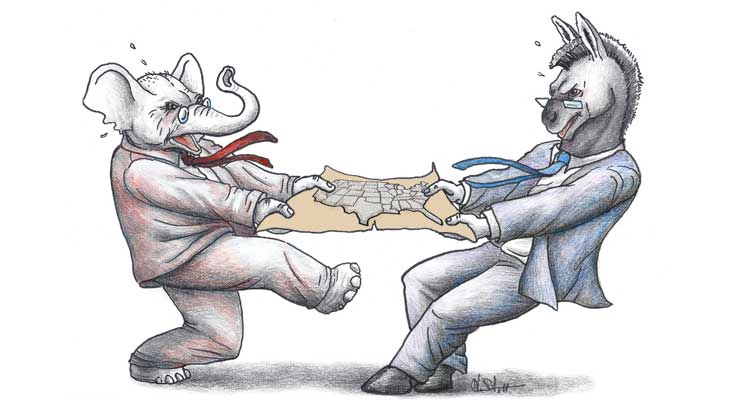
Non-battleground states tend to vote for third parties and independents a bit more during Presidential elections. From Ballot Access News:
The Atlantic has this analysis by Russell Berman and Andrew McGill, using data to show that minor party and independent presidential candidates in the modern era do better in states in which there is no doubt which major party presidential candidate will carry that state. This is a common-sense observation, and demonstrates that many U.S. voters are aware of the electoral college and (except in Maine and Nebraska) its winner-take-all rules.
From the Atlantic:
The data shows a split in how voters act. In the last three presidential elections, folks who lived in a state where elections tend to go strongly for one party appeared somewhat more likely to vote for a third-party candidate. That supports the theory of the protest voter—Republicans in Vermont or Democrats in Wyoming are more willing to spend their votes on a long-shot candidate.
Granted, this alignment was relatively weak. It’s not as if support for third-party candidates spiked hugely in Republican and Democratic bastions compared to swing states. But the correlation between support for the long shots and a state’s ideological one-sidedness was stronger in the two elections after 2000, when many Democrats blamed the 1.63 percent of Floridians who voted for Ralph Nader—in addition to Katherine Harris and five justices on the U.S. Supreme Court—for throwing the presidency from Al Gore to George W. Bush. The effect was bigger in 2004 and 2008 than in 2012. That suggests the memory of the 2000 recount might have boosted strategic voting for a time, resulting in less support for third-party candidates in battleground states. This effect didn’t exist at all before 1996, according to our analysis.
Leave a Reply